On January 28, 1887, it was claimed that a snowflake 15 inches across and eight inches thick fell on Fort Keough, Montana. While this claim hasn’t been verified, unusually large snowflakes are possible…
According to Guinness World Records, the largest snowflake was 15 inches wide and eight inches thick. It was reported by a rancher in Fort Keogh, Montana, on January 28, 1887. He said he saw multiple snowflakes that were “larger than milk pans” and measured one at 15 inches across. Many scientists doubt his story, but they know large snowflakes are possible – their “branches” interlock as they fall from the sky, growing larger as more flakes attach. In 1915, Berlin meteorologists recorded snowflakes up to four inches wide. Other official observations have found flakes as much as six inches wide. Through careful study, they found that these larger flakes fell twice as fast as the smaller ones and were shaped like round bowls with upturned rims.
In 2014, NASA joined the search for large snowflakes, with the launch of its Global Precipitation Measurement (GPM) satellite. The satellite is the first to detect snowfall from space and identifies flake types, sizes, shapes, numbers, and water content. In addition to providing meteorologists with more accurate precipitation readings, this satellite could discover a new record-size snowflake.
We’ve all heard the phrase, “No two snowflakes are alike.” But when millions of flakes drift to the earth in a single snowfall, some ask – is this really possible? The idea that no two snowflakes are alike was made famous by Wilson “Snowflake” Bentley. Photographing over 5,000 snowflakes and snow crystals in his life, he never discovered two that were exactly the same.
One interesting question raised by modern scientists – if two identical snowflakes fall, who would know, since no one can examine every one. Generally, it is agreed that they are all different, right down to the molecular level. Snow crystals are made of water molecules. Though water is two parts hydrogen and one part oxygen (H2O), some water molecules have one part deuterium (heavy hydrogen) in place of one regular hydrogen atom. These differences allow for untold numbers of snow crystal and snowflake variations. Temperature and humidity are the deciding factors in what type of flake is formed.
Snowflakes are composed of 2 to 200 separate snow crystals that have formed around tiny bits of dirt carried up into the atmosphere. The snow crystals develop into one of four shapes depending on temperature. Six-pointed stars form at 3˚ to 10˚F. Flat, six-sided plates form at 10˚ to 18˚F and again between 27˚ to 32˚F. Six-sided columns form from 18˚ to 23˚, and needles form at 23˚ to 27˚F.
As a snow crystal grows, it becomes heavier and falls. The air and temperature around the crystal are constantly changing. Even a small change in these conditions can lead to different growth patterns. No two crystals have the same history, so no two are alike. Falling snow crystals stick to one another to form snowflakes if they pass through warmer air. At very cold air temperatures, they do not stick together well. Thus, bitter-cold snowfalls are composed mostly of snow crystals rather than snowflakes. Snow crystals are typically only 0.02 to 0.2 inches across, while the average snowflake is about 0.4 inches across. Large flakes usually only grow when winds are very light.
Irregular crystals, the most common type, appear clumped together and bear little resemblance to the elegant flakes most of us picture when we think of a snowflake. Another common type is stellar plates. While they feature the six arms all snowflakes have, they are thin and broad, like a dinner plate. Sectored plates are similar, but the arms are narrow. The most common snowflakes are stellar dendrites. Dendrite means “tree-like,” so these flakes have branches. The flakes are usually two to four millimeters wide and can be seen with the naked eye. Fern-like stellar dendrites have even more side branches and are the largest snow crystals – usually five millimeters wide or larger. The number of different kinds of flakes is a matter of debate even today. Scientists’ estimates range anywhere from seven to 80 types of snow crystals.
| FREE printable This Day in History album pages Download a PDF of today’s article. Get a binder or other supplies to create your This Day in History album. |
Discover what else happened on This Day in History.

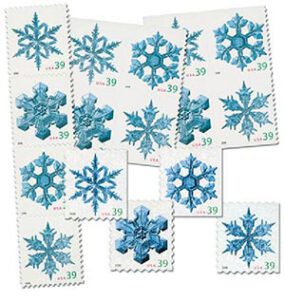

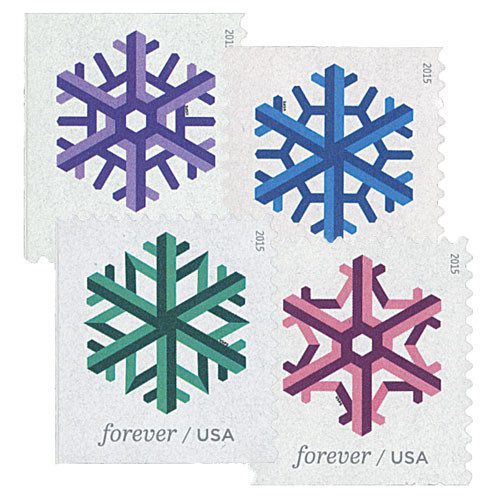
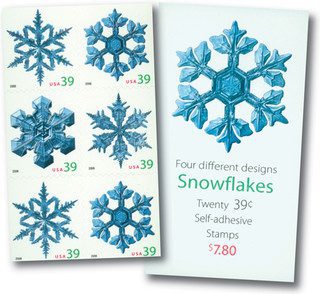
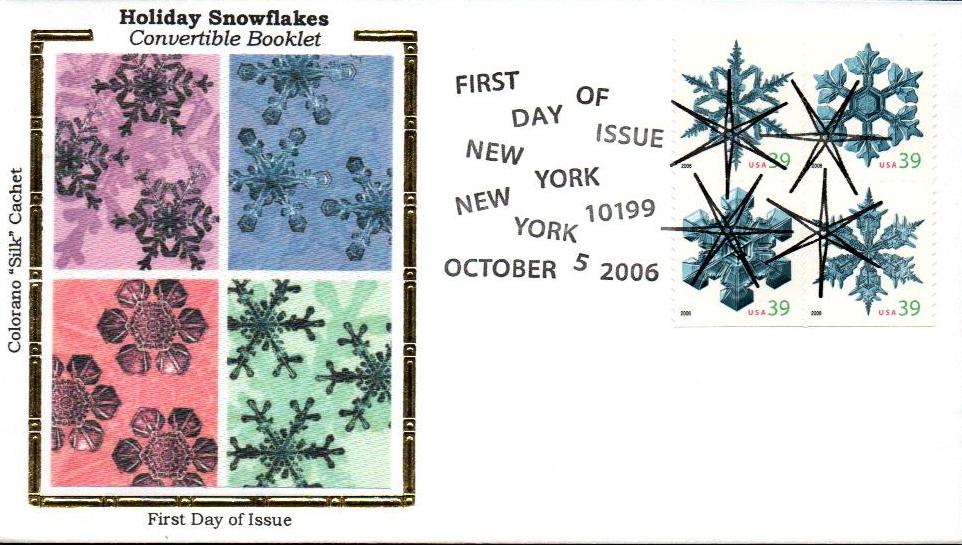
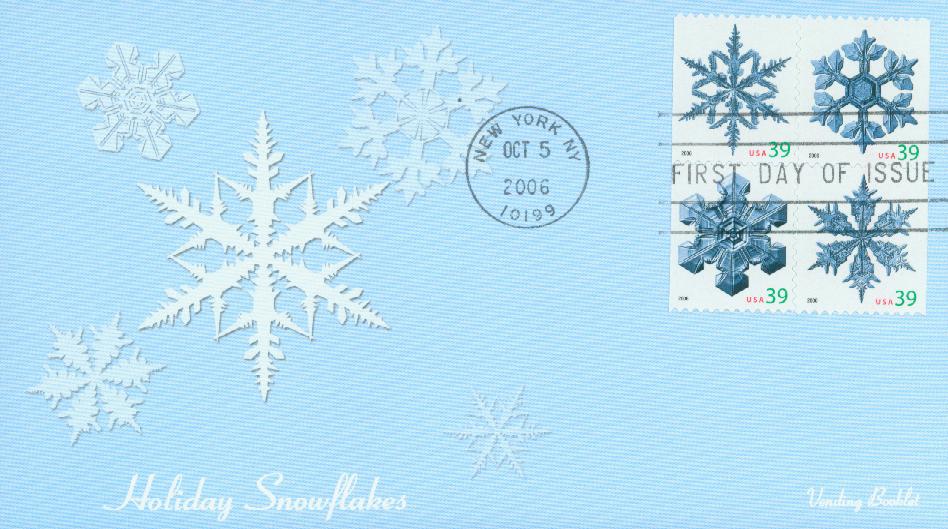
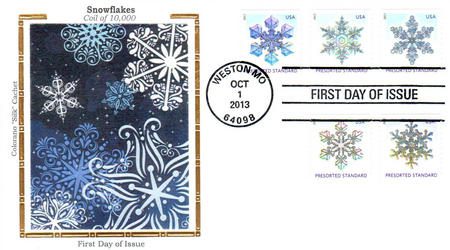
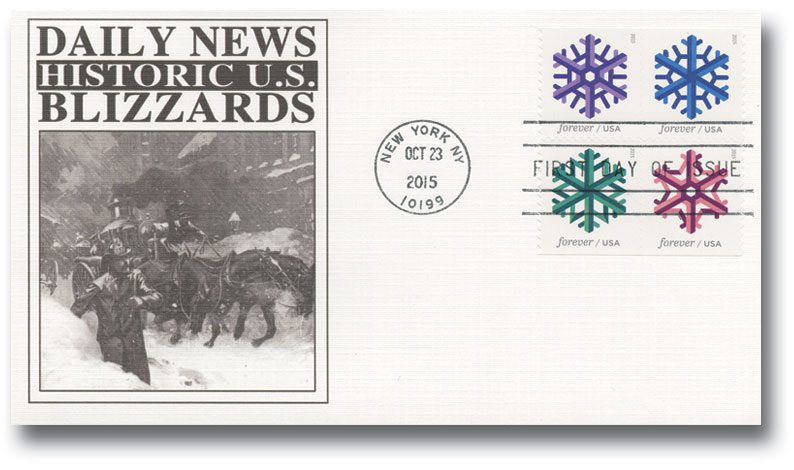
I might believe the 15 inch part but I have a hard time buying the 8 inch deep measurement! I think that would break apart when it landed! Good read though. Thanks
A fortuitous article, as most of the east coast is under a Winter Weather Advisory, or Winter Storm Warning, or Blizzard Warning, for the next 12 to 18 hours.
I personally saw snowflakes that were approximately 4″ wide one night when I lived in VT. I don’t know how thick they were, but they looked like doilies falling. My friend had a spotlight shining up into the sky. It was amazing. One landed on my large dog & covered the entire top of his head. I even ducked away from one out of reflex action.